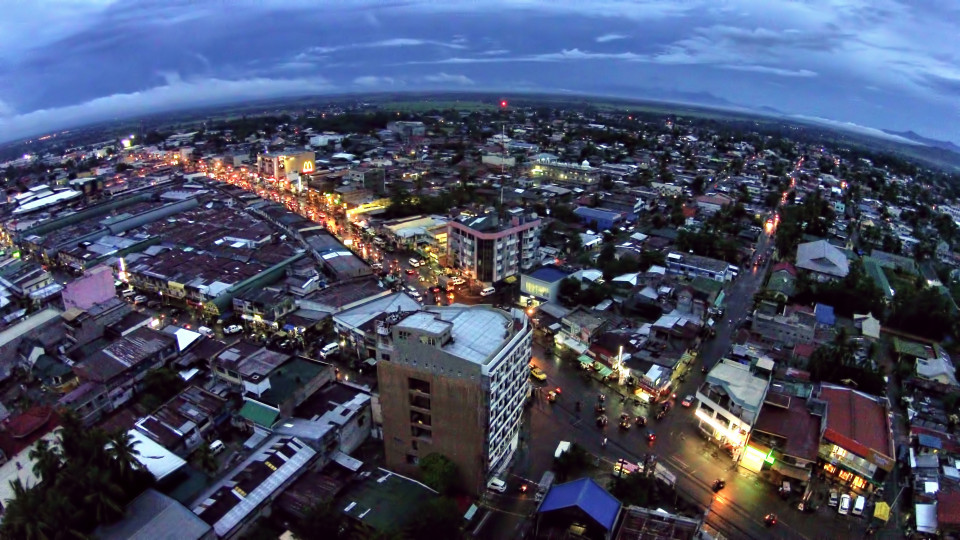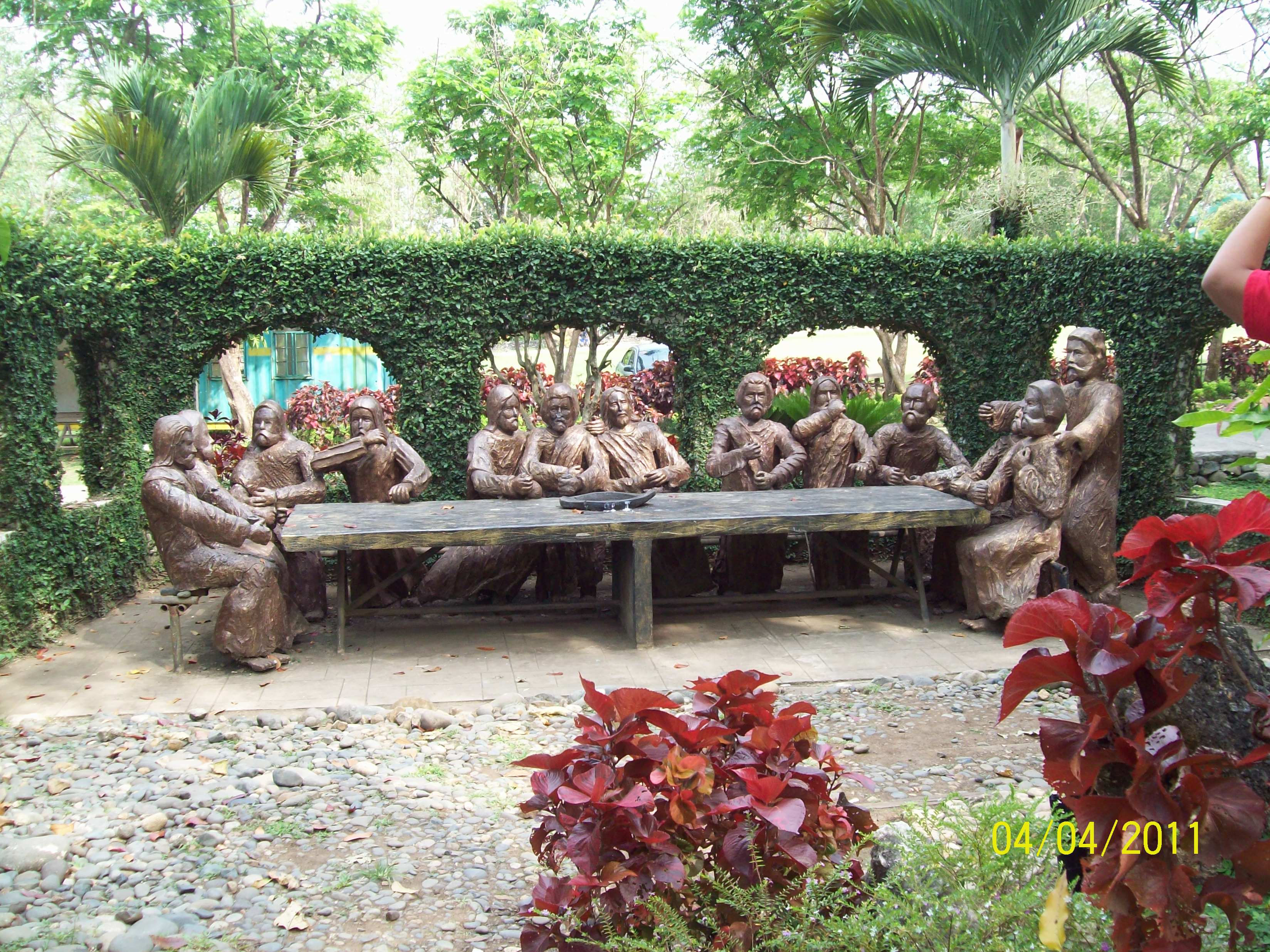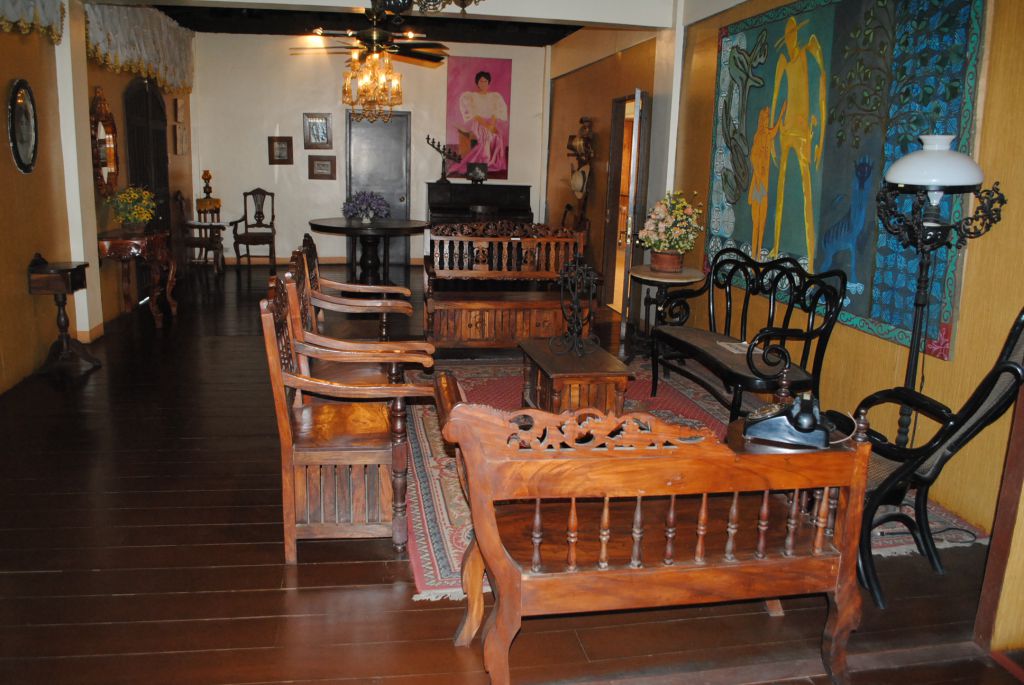Sitting in an area dominated by flat and fertile land in the Cagayan Valley, Santiago is a city that is home to various indigenous cultures, as well as Chinese, Christian, Hindu and Muslim influences. But apart from the diverse culture in the area, Santiago is also a destination for those who love staying active – what with its location in the Cagayan Province.
So, whether coming for the cultural experience or the wanting to have some fun outdoors, Santiago is one truly breathtaking destination in the province of Isabela.
HISTORY

The history of Santiago can be traced to when Spanish missionaries found the first native settlement on the banks of the old Carig River, which then become the city’s first name. The first settlers of Santiago were the Gaddangs and Ibanags. Santiago was then named Pueblo of Santiago Apostol de Carig when the Spanish settled in.
Santiago remained a municipality for 84 years and achieved cityhood on May 5, 1994 when then president Fidel V. Ramos signed Republic Act 7720 making Santiago the fist independent component city in the Cagayan Valley Region.
PLACES OF INTEREST
There are quite a few sights that tourists and locals flock to when in Santiago, and these include:

- Calvary Hills – located in Dariok Hills, Barangay Balintocatoc, this is a place of pilgrimage for locals during Holy Week. Here, you will find life-sized Stations of the Cross starting from the foot of the hill all the way towards the chapel at the top. Other than being a place of pilgrimage, some use the hills for trekking activities too.
- Chapel of Transfiguration – this is the chapel located at the top of Calvary Hills. It is designed in such a way that it faces the rising sun. The chapel doesn’t only serve as a place of worship, but can also be used for masses and retreats. The chapel is a really old one – around a century – and offers great views of the surrounding area.

- Balay na Santiago – otherwise known as the place you should visit when in Santiago. “Balay” means house but this one has been transformed into a museum where you can find a wide array of old photos, antique furniture, as well as other cultural and historical memorabilia. Basically, it’s your introduction into the past of the people of Santiago and also gives you a glimpse of their history.
- Art ATank – the tallest mural in the Philippines. This is a concrete water tank of the Santiago Water District and has been a landmark in town since the 1970s. Measuring almost, 30 meters high, the tank is visible from practically almost anywhere in town. A group comprised of local artist, musicians and the youth then organized a mural painting activity in celebration of the love for art and music, as well as for environmental protection, water conservation and the appreciation of indigenous culture, the history of Santiago and its neighboring towns and provinces.
FESTIVALS

- Pattaraday Festival – held in celebration of Santiago’s cityhood and as such, is celebrated from May 1 to 5. It’s also called Santiago Day and the festival’s name is taken from the Ibanag word pattaraday, which means unity.
- Feast of St James the Apostle – celebrated every 25th of July in honor of the patron saint of the city, Saint James of the Apostle.